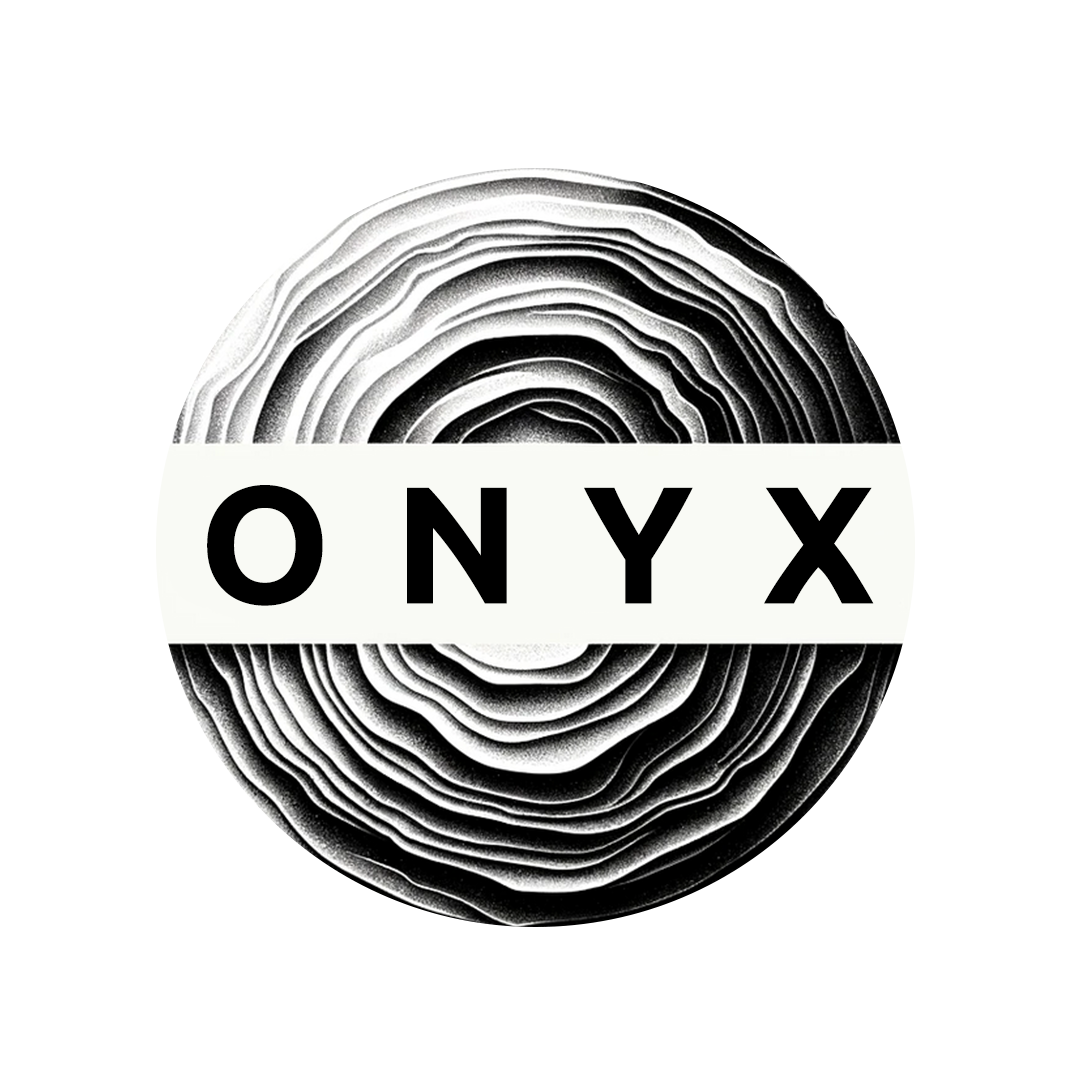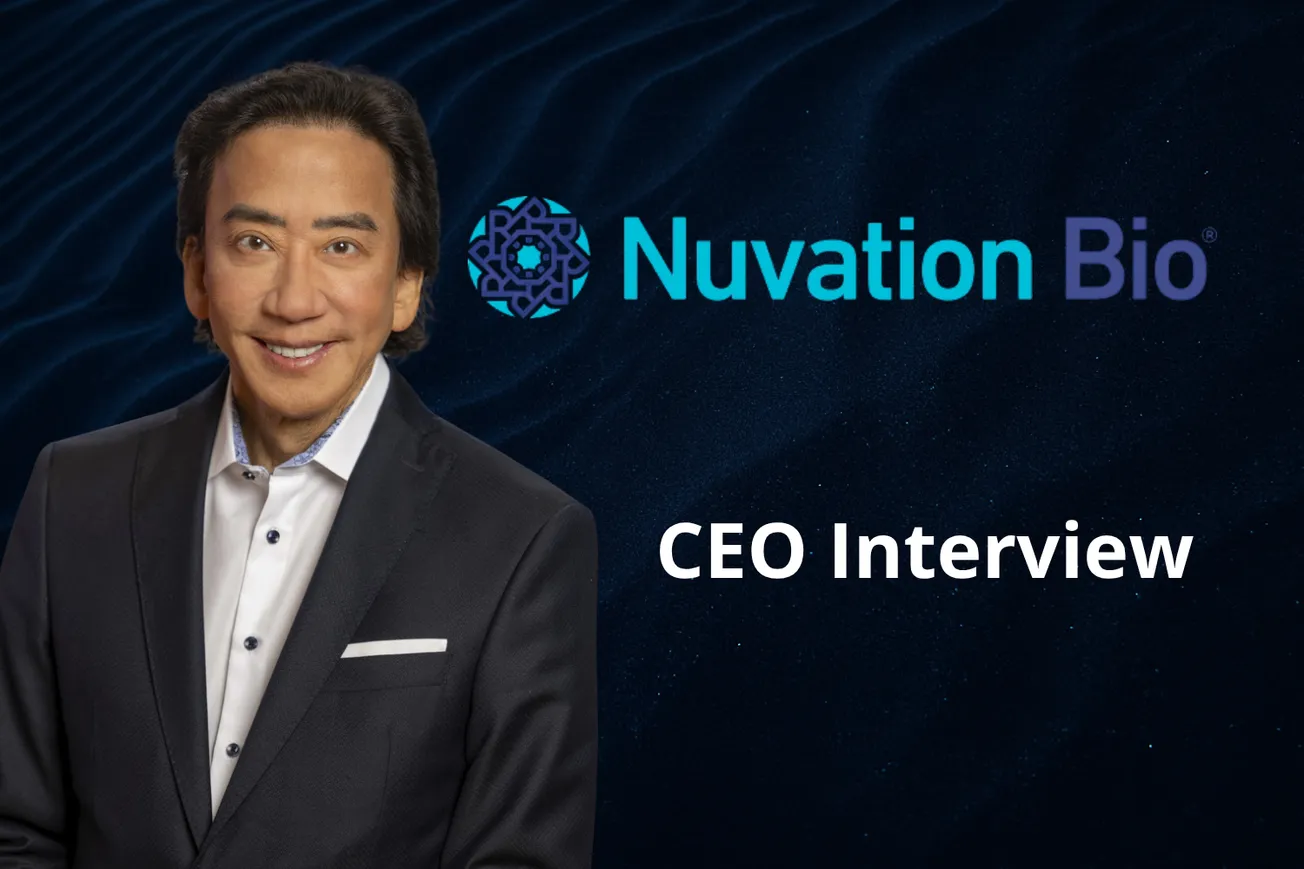Table of Contents
Could you start by giving our readers a bit of background regarding your career journey and what motivated you to join Epicrispr?
I started my career in big pharma at GlaxoSmithKline. I was leading development across every therapeutic area globally, and I was lucky to help put some really meaningful drugs on the market.
But about twenty-three years ago, I found out that my family was affected by adrenoleukodystrophy, a rare neurodegenerative disease. That completely changed my world. I suddenly saw therapy development through a very different lens.
So I moved into genetic medicine, leading both public and private companies, really focusing on how we could make genetic therapies real for patients. What pulled me into Epicrispr was that the team had done an unbelievable job creating a platform that seemed to get around all the limitations I had been banging into for years in genetic medicine.
The platform let us go after diseases like facioscapulohumeral muscular dystrophy, which unfortunately runs in my husband’s family. I’ve seen it generation after generation. It was one of those moments where you think, this is personal - and this is the chance to do something that truly matters.
How would you position Epicrispr within the gene-editing and epigenetic-modulation landscape?
Our platform is really different from others out there.
Most gene-editing or epigenetic-reprogramming players use Cas9 - the classic CRISPR enzyme. The problem with Cas9 is it’s big - huge, really - and it’s bacterial-derived. That creates all kinds of headaches - delivery challenges, immunogenicity, payload limits.
We went another way. We licensed our own proprietary Cas molecule, CasMINI, from our scientific founder, Stanley Qi - he’s a total CRISPR rock star. CasMINI is ultra-compact, non-bacterial, and we engineered variants that are even smaller and more active.
That’s one of our superpowers. Because it’s so compact, we can use AAV, which has a tiny payload but huge clinical credibility for getting into places like the eye and the muscle.
The other big differentiator is our library of gene modulators. We can dial gene expression up or down - precisely, persistently, and without touching the DNA itself. When we deliver transiently, say with lipid nanoparticles, the epigenetic mark actually stays through cell division. So even though the construct is long gone, the change persists. That’s powerful.
Think of diseases where you want to turn a gene on - but just a bit - maybe double the healthy allele. We can do that.
Or when a gene is too large to replace, there are compensatory genes sitting right there that you can switch on endogenously. That’s where we shine - ultra-compact, non-bacterial, tunable, and persistent.
That’s why we picked FSHD as our lead program. We went from idea to dosing patients in three and a half years - which is lightning fast - but we did it responsibly, standing on the shoulders of the scientists who came before us.
We’re the first and only epigenetic-editing company with an open IND in the U.S. right now. That’s something I’m really proud of.
How do you expect imaging and digital endpoints to evolve in neuromuscular trials?
It’s such a great question. One of the biggest challenges in rare neuromuscular disease is variability - patients don’t all decline the same way. If you’re measuring leg strength but a patient’s progression is mostly upper body, you’ll miss it completely.
We’re working with Springbok Analytics - they analyze fat fraction across every muscle in the body. It’s phenomenal. They can build a composite score or break it down muscle by muscle. They’ve ingested huge amounts of natural-history MRI data from FSHD patients, so they know exactly how fat fraction evolves over time.
That lets us create what I call a digital twin - a predictive baseline showing where a patient would be without treatment. Then, when you treat them, you can literally measure the delta - see that fat fraction stabilize instead of increase.
It’s not yet an approvable endpoint - Springbok is already in talks with FDA - but it’s incredibly promising. For open-label safety studies, it’s like having your own built-in control arm. With small patient numbers, that’s a game-changer.
Why is regulating gene expression without cutting DNA so important?
Because you don’t risk genomic instability. The DNA stays exactly the same - you’re just changing how it’s expressed.
I always tell people, “Look, I’ve got the same DNA I had at eighteen, but I sure as hell don’t look eighteen anymore.” That’s the epigenome at work.
We spent years generating data - thousands of pages for our IND - showing no off-target activity. We can precisely re-methylate the hypomethylated region that drives the DUX4 toxicity in FSHD - stop that poisonous transcript from leaking out - without touching the rest of the genome.
That level of precision is what makes epigenetic editing such a leap forward compared to traditional cut-and-paste CRISPR.
How do you approach capital allocation and partnerships in such a complex pipeline?
As you know, the past four or five years have been brutal for biotech. We’ve stayed very capital-efficient - under forty people - and yet we’re dosing patients and building a pipeline.
The focus is clear: generate powerful clinical data, propel the next raise, but don’t be a one-trick pony.
We’ve also had great support from foundations - they came to us because our tech can help their diseases where others couldn’t.
And we’ve been talking to mid-size and big pharmas. Some of them challenged us - “Prove you can activate this gene in this cell type.” Within six weeks we showed a ten-fold activation. They were floored.
That’s how partnering conversations start - show them, don’t tell them.
How did you attract investor confidence for your Series B in such a tough market?
Honestly, timing and credibility. The gene-therapy field finally had some wins again - companies like uniQure showed that good data gets rewarded.
FSHD is what I call a medium-rare disease - technically rare, but with a substantial patient base, maybe forty-five thousand in the U.S. alone. Zero approved therapies. Enormous unmet need.
So there was strategic excitement. When Avidity released early data in 2024 - just eight patients - their valuation jumped by two billion dollars. That told investors this space is alive again. In October 2025, Novartis announced it would acquire Avidity for $12 billion, to get a new class of therapeutics enabling RNA delivery to muscle.
We combined a novel payload with an AAV vector that’s already been used in an approved therapy. It’s been studied to death - we know the safety and performance profile - and we optimized from there.
A big shout-out to Andrew Lam at Ally Bridge. He came in before our IND was even cleared, before manufacturing was de-risked. That took guts and conviction. He believed in the science and the team, and we delivered.
Do you foresee more collaborations to accelerate the pipeline?
Definitely. It takes more than a village to bring a medicine to market - patients, clinicians, researchers, other companies.
I spent twenty-five years at GSK running sixty-plus studies a year. Big pharma can bring infrastructure and patient access; biotech brings speed and flexibility.
I’m a big believer in smart collaboration - private, academic, industrial - whatever it takes to get safe, effective medicines to patients faster.
You mentioned FDA interactions around new endpoints - what’s that been like?
I always say data leads the way. In FSHD, we’re the only program going to the root cause - the hypomethylation that activates DUX4. When we met with the agencies, we said, “There are published cohorts showing a strong correlation between methylation and disease severity. Would you accept methylation as a surrogate endpoint?”
They said, essentially, “Nice try - we agree it’s correlated, but no one’s proven that changing methylation changes the disease course.”
And that’s fair. They encouraged us to show that link in our first-in-human study. I’ve actually found the agencies to be very good scientists. They’re underpaid, they care deeply about patients, and they want to get good therapies approved - safely.
If you come with solid data and transparency, they’ll meet you there.
Any thoughts about Epicrispr evolving into a platform company?
We’re absolutely open to licensing.
Some groups ask if we can use our high-throughput system to screen for guides for their targets. That’s more of a partnership than a service business, but we’re open to anything that responsibly gets more medicines to patients.
Some ideas are brilliant, some are creative, but we’ll always listen.
What’s the secret sauce of good leadership in this industry?
I’ve had amazing teams in my career, but this one - this team - is just unbelievable. Brilliant people, huge experience, zero arrogance.
That humility is nice, but it’s also functional. When people know they don’t know everything, they listen better, they move faster, they learn.
My job as a leader is to create an environment where everyone feels ownership - where they can ask the stupid questions, make mistakes, and learn together.
At our Monday all-hands, we do shout-outs - people thank teammates for helping them. Sometimes it’s small stuff - someone taught someone else to use a piece of equipment - but that culture of gratitude and collaboration makes us stronger.
Science is too complex to do in isolation. When you set audacious goals, you need everyone questioning, challenging, and helping each other. That’s how you move fast - and do it right.






